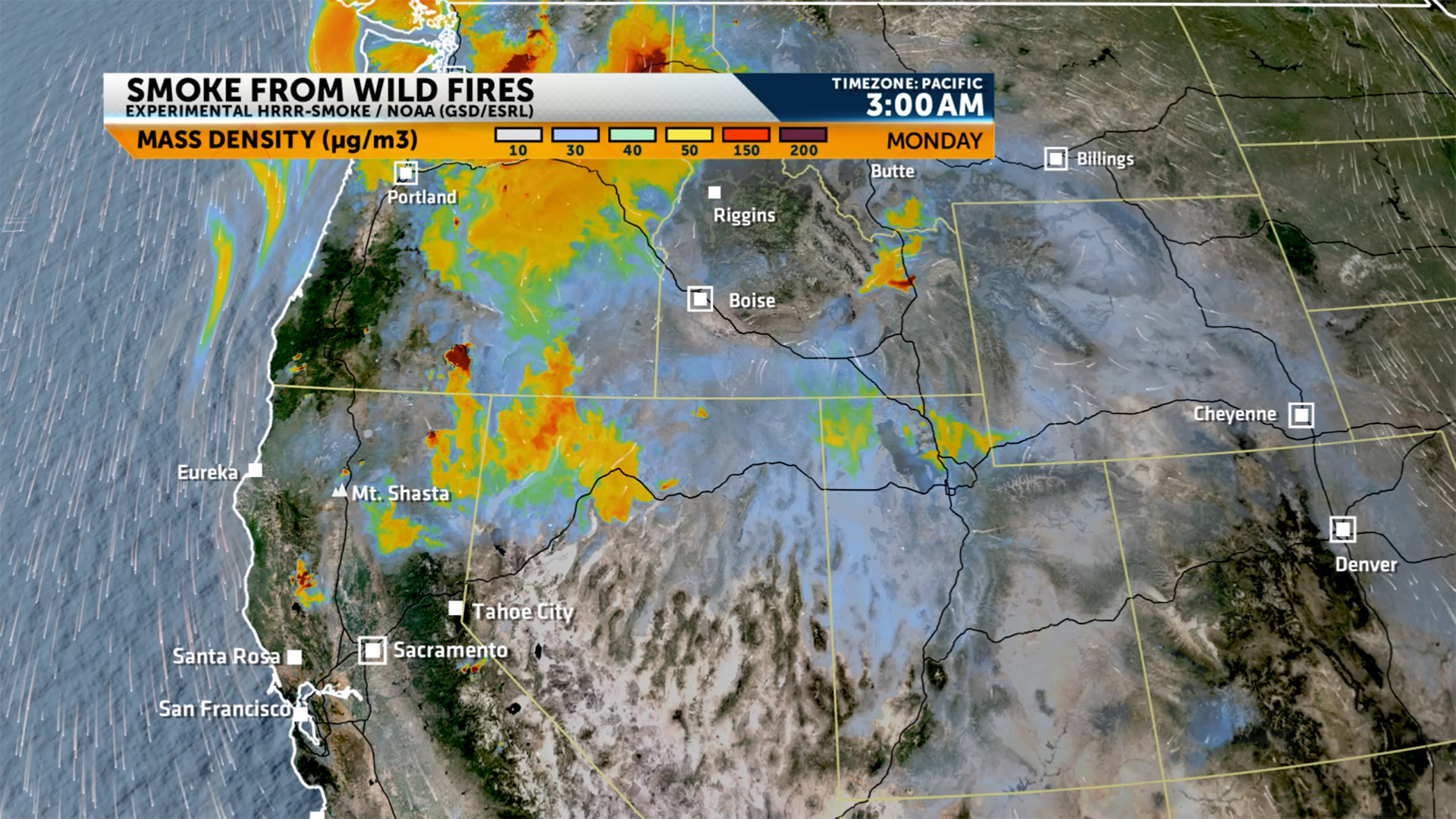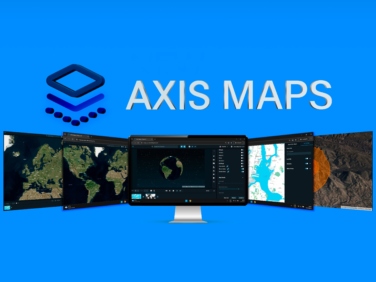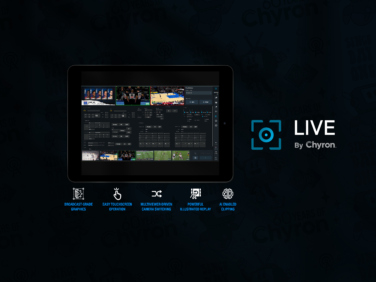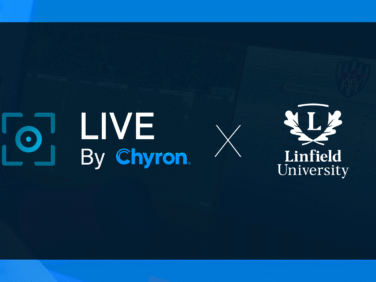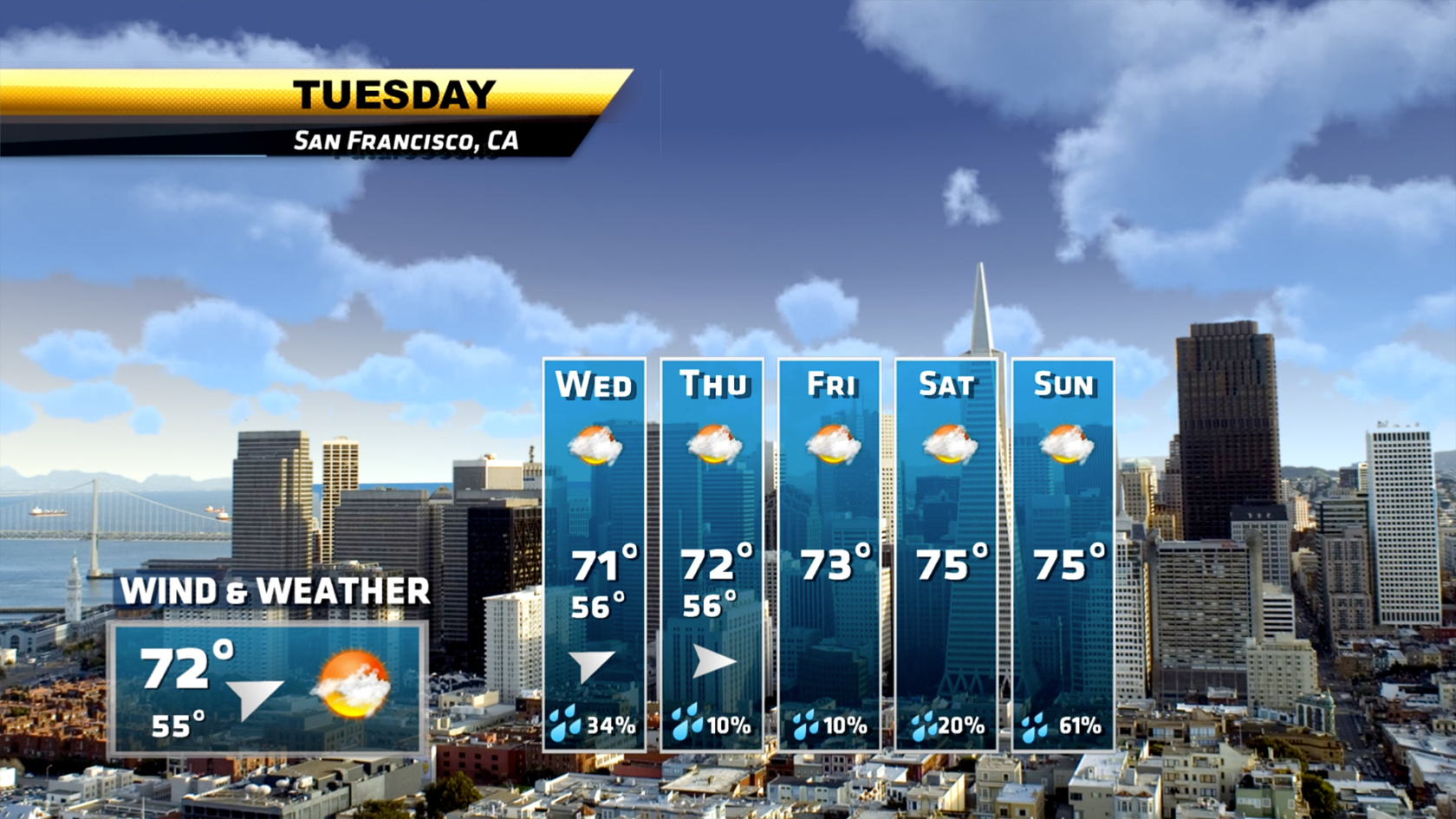
Five Ways to Lower the Cost of Your Weather Graphics System
If there’s a word to describe the traditional cost of ownership of weather graphics systems, that word would be – rigid. Generally, you don’t get a lot of wiggle-room to reduce cost. System providers lock you into specialized operator requirements, costly data provider agreements; and limit your potential to generate revenue from your weather programming.
You can free yourself from the ties that bind your weather graphics to a high cost-of-ownership. In this article, we’ll examine the five big cost-saving opportunities you can realize with Chyron Weather.
GET IN TOUCH WITH SALES
1. Choose The Best Weather Data For Your Content and Budget
The most significant cost-saving of Chyron Weather is the data-agnostic forecasting approach that frees you to choose your preferred data sources. We don’t tether you to a large, expensive data package the second you purchase the system. You can still implement the top-tier data products from weather data providers that give you that slight edge over the competition – but you can also fulfill the other components of your forecasts with free, publicly available data sources. Crafting the ideal private/public mix of data sources can eliminate a massive portion of your upfront costs.
For example, you might drive your day-to-day radar graphics with an ultra-high-resolution and extremely accurate data source from a private provider, which allows for forecasts hundreds of hours ahead of time anywhere on the planet. On the flip side, you can drive your numerical production models by plugging them into your local meteorology office via Web Feature Service (WFS). Enter a URL into the system, and Chyron Weather will unpack the data and implement it into your numerical forecast graphics.
And remember, just because public data is free doesn’t mean you’re working with an inferior product. The National Weather Service, Environment Canada, the UK Met Office, and many other national meteorology bureaus are global centers of excellence. Governments invest millions of dollars in collecting and servicing this data, and sometimes these public sources will provide the best data available around a significant hazard. For instance, when reporting on a massive brush fire in Australia, the Australian Bureau of Meteorology will provide the exact data you need to illustrate the progress and effects of the fire to your audience.
Chyron Weather has an extensive list of vetted private and public data providers you can incorporate into your unique data stack. Our team doesn’t make money on selling data and is happy to help you pick the best sources for your weather content and budget.
2. Reduce the Need for Weather Graphics Wizards
Meteorology is already a complex-enough science, so wouldn’t it be nice if creating weather graphics didn’t have to be a science as well? In an earlier article, we covered how easy it is to customize and combine weather graphic elements in Chyron Weather – but what’s unique is how easy it is for your entire team. Whether you’re a meteorologist, graphic designer, producer, journalist, or on-air presenter – Chyron Weather makes it easy for you to drive engaging weather reporting.
With Chyron Weather, you don’t need to be a graphics wizard to put together a compelling weather forecast. Once you connect your data sources to the system, they’re made available as layers to any graphic sequence. It’s easy to add, edit, order, and remove the visual data and storytelling elements you need to report the weather. Now, instead of having to undergo a whole new field of study to master your weather graphics system, your meteorologist can focus on exhibiting the weather expertise they worked so hard to attain.
Chyron Weather’s supreme ease-of-use reduces the cost of training and the demand for specialized, highly-paid operators.
3. Empower Your Entire Team to Drive Weather Reporting
There are several ways that Chyron Weather’s unique MOS-integration improves your weather reporting workflow. What’s important is the result, which is more content and more collaboration from your entire newsroom team – with less effort. Through our CAMIO media asset management workflow, your producers, journalists, or any other member of your team with NRCS-access can leverage Chyron Weather graphics with ease.
Every Chyron Weather graphic sequence is available as a dynamically-editable template from the CAMIO Interface in your NRCS. What that means is, not only can a producer call-up a graphic, they can customize the visual elements and edit replaceable data variables on-the-fly, which is then automatically rendered for playout. Adapt the five-day forecast to each market region, change the model time when pre-recording segments, or even change the language for your multi-lingual audience.
Essentially, with one dedicated meteorologist, you can use Chyron Weather to service multiple stations through the smart-use of pre-built templates that are easy to adapt by local production teams. More content, more collaboration, less effort.
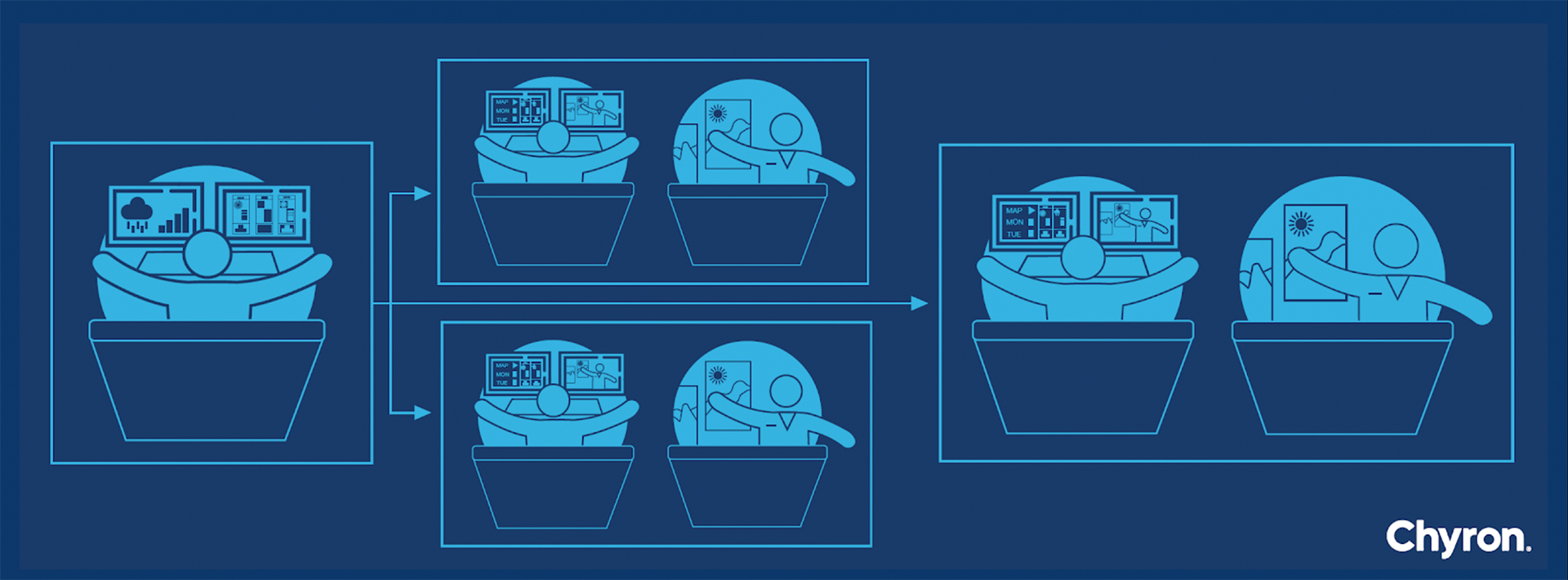
4. Simplify Integration and Multi-Station Deployment
On the back-end, this workflow is easy to implement. In contrast to other weather graphics systems that usually require multiple boxes to run a show within a station – Chyron Weather utilizes a single, Linux-based box to get the job done. Now, you might be wondering why it has to be Linux-based when you’re so used to Windows or MAC OS. The reason why is reliability. Chyron Weather runs on live-production resilient hardware, and Linux is the OS our dev team knows will live-up to the promise of that hardware.
There are Chyron Weather users out there today who have never rebooted their system. Not even once. We recently spoke with a customer who is not so far from celebrating their two-year no-reboot anniversary with their Chyron Weather system after 600 days. Do you know what’s a bit annoying? Getting a feel for a new OS. Do you know what’s catastrophic? Having to reboot your system in the middle of an on-air show. If you’ve ever been there for reboot doomsday in the control room, you know exactly what we mean.
From a cost perspective, this makes Chyron Weather great for reducing capital expenditure and integration complexity. Within a single station, it works great as an end-to-end system for graphics preparation, editing, and presenting. In a multi-station network, Chyron Weather can be set up as a client-server system, where data preparation occurs from a central location where graphics and data preparation happens in a central location, while local systems are used to fulfill playout.
5. Generate More Revenue with Your Weather Programming
Of course, a great way to reduce the cost of your weather graphics system is to leverage your graphics to generate sponsorship and advertising revenue! The logic is sound, but some system manufacturers limit your ability to optimize sponsorship and advertising. In our recent Chyron Weather articles, we’ve touched on a few ways you can increase your revenue-generating opportunities with your weather programming. The freedom to implement sponsor logos, clips, and live video inputs to get creative with your templates – as well as the ability to relocalize sponsorship to each of your end-markets in seconds through the dynamic MOS-integrated workflow.
What we’ll add to the conversation today is the ability to offer your sponsors intelligent, high-value ad-space that hits their audience in the sweet spot. In Chyron Weather, you can build logic parameters to display advertising based on weather thresholds. Promote the latest soft-drink when the temperature goes above 90°F or sell sponsorship of your winter storm coverage to food-delivery service apps – the choice is yours. Ultimately, these are the kinds of ad placement that advertisers are willing to buy at a higher price.
How Can You Optimize the Cost of Your Weather Forecasts?
In today’s news broadcast environment, you have to do more with less – and so many of the technologies you use to drive your live productions and the newsroom itself are adapting to suit that need. MOS-enabled workflows facilitate smooth collaboration, interfaces for graphics & media creation are becoming more accessible, and production control grows ever more streamlined. Across your station infrastructure, simplicity and flexibility drive cost-saving opportunities. Why then should your weather graphics remain a costly holdout?
Contact our Chyron Weather experts today to see how you can save money and generate more revenue with your weather graphics system.
GET IN TOUCH WITH SALES
